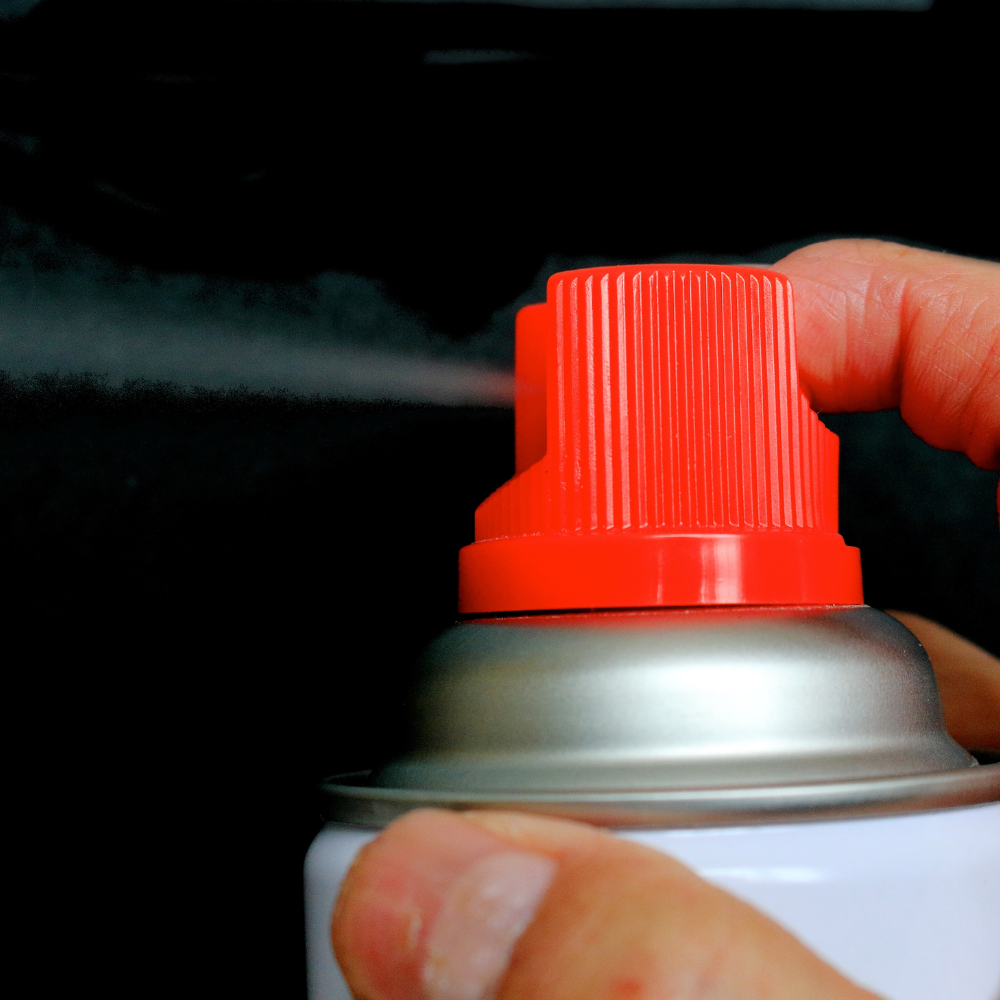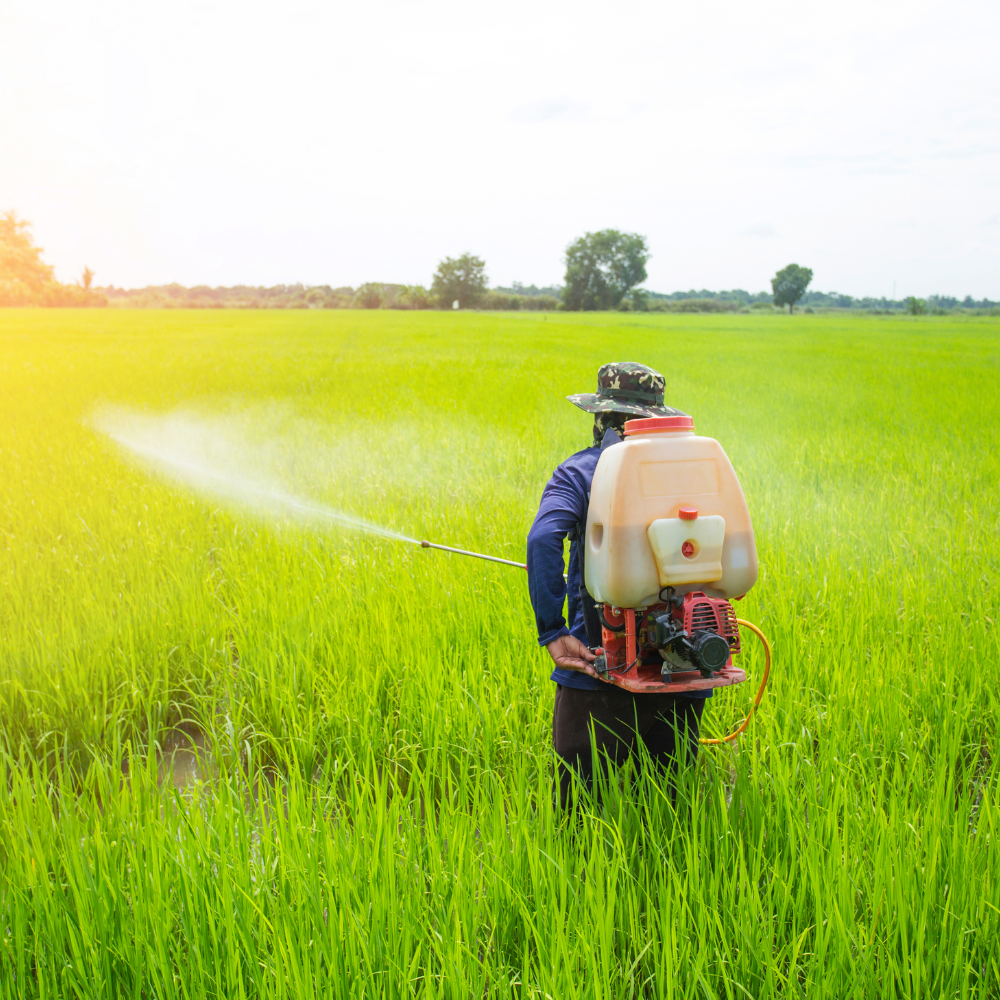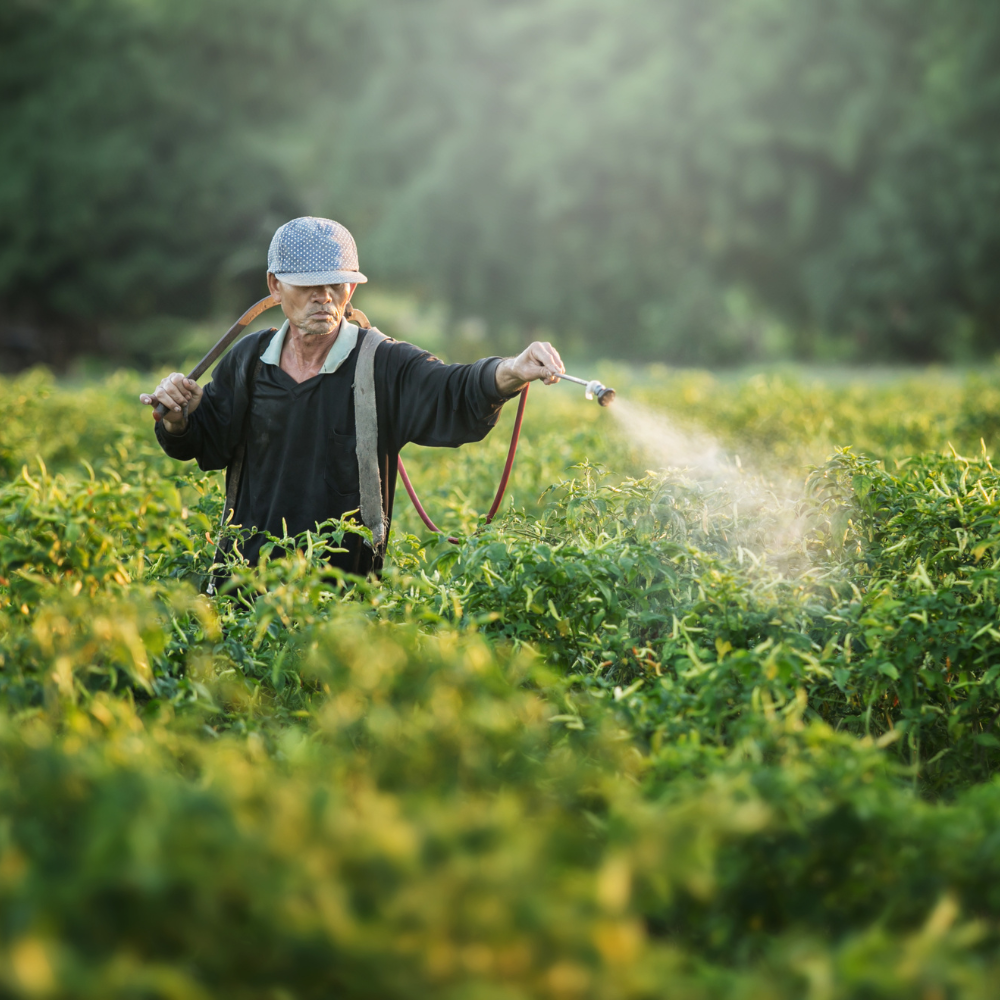What are insecticides? To understand this question let us start from the beginning. As we all know that the growth or spread of insects and bugs in fields and crops stands as a major issue for farmers. These bugs and insects eat crops and spread diseases, which are harmful, for both cops and people who consume them.
To fight these pesky bugs, we use special substances called insecticides. These insecticides come in different forms, like sprays, powders,gels, or baits and they are made to kill or stop insects from causing harm. What these insecticides actually are? What are these substances made up of? In this blog we will solve all your queries related to insecticides.
What are Insecticides?
As its name says, insecticides are common substances that are used to kill insects just like pesticides that are used to control pests. These insecticides are designed to deal with insects by killing, repelling, or lessening their impact.

These insecticides come in different types, each with its own way of working. Some destroy the insect’s nervous system while others harm their outer shell or drive them away in different ways. As we have mentioned earlier these insecticides come in various options and thus they carry their own level of risk to non-target insects, people, pets, and the environment.
How do Insecticides Work?
Now that we know what are insecticides, lets see how they work!
Nowadays, there are more types of insecticides than there were 10 years ago. Each has its unique scientific name. These pesticides are made from bacteria, fungi, or viruses that kill insects. Others, like insecticidal soaps, work by physical means. There are also products like clay-based Surround that don’t directly kill insects but protect plants.
Many insecticides used nowadays can harm both insects and people, but how much they harm people depends on things like how much is used and how it works. As mentioned earlier, some insecticides affect the nervous system, while others mess with things like water balance or how insects grow. Some of the newer ones work in ways that scientists don’t fully understand yet. Scientists are always making and testing new insecticides to try to find better ways to control bugs.
Types of Insecticides Used for Pest Control in Fields-What are insecticides?
There are two main types of insecticides based on their nature of work. These two types are
Systemic Insecticides
Systematic insecticides are absorbed by plants and distributed throughout their system. When insects feed on such treated plants, they indirectly consume the insecticide and are eliminated whether dying or moving away from the plant. Systemic insecticides offer long-lasting protection because they stay active in the plant for a while.
Contact Insecticides
Contact insecticides work when insects come into direct contact with them. These insecticides penetrate the insect’s skin and are toxic upon contact.
Contact insecticides come in various forms, including natural and synthetic compounds. They typically don’t last long and may need reapplication for continued protection.
What Does Insecticide do to Humans?
Insecticides can be harmful to humans if they are ingested, inhaled, or come into contact with the skin or eyes. The effects on humans depend on various factors including the type of insecticide, the concentration or dosage, and the duration of exposure.
Short-term exposure to insecticides may cause symptoms such as irritation of the skin, eyes, or respiratory tract, nausea, vomiting, dizziness, headache, and difficulty breathing. In severe cases, it can lead to unconsciousness or even death.

Long-term exposure to low levels of insecticides may increase the risk of chronic health problems such as cancer, reproductive disorders, neurological disorders, and respiratory issues.
This is the reason it is important to follow safety precautions when using insecticides to minimize the risk of harm to humans. This includes wearing protective clothing, using proper ventilation, and avoiding direct contact with the skin or inhalation of fumes. Additionally, storing insecticides out of reach of children and pets and properly disposing of unused or expired products can help prevent accidental exposure.
What are the Advantages and Disadvantages of Using Insecticides?
Here are some advantages and disadvantages of using insecticides on crops:
Advantages
- Help protect crops from insect damage
- Promotes higher yields and increased food production.
- Insecticides help maintain the quality and appearance of crops.
- Some insects carry diseases that can harm both plants and humans. Insecticides help prevent the spread of these diseases by controlling insect populations.
- Cost-effective way to manage insect pests compared to other control methods
- Work quickly to control insect populations, reducing the immediate threat to crops and preventing further damage.
Disadvantages
- Insecticides can harm beneficial insects, birds, fish, and other non-target organisms
- Disrupts the ecosystem and biodiversity
- Contaminate soil, water, and air, leading to environmental pollution
- Overuse or misuse of insecticides can lead to the development of insecticide-resistant insect populations
- Pose health risks to humans through exposure via inhalation, ingestion, or skin contact.
- Some insecticides can persist in the environment for long periods.
Difference between Insecticides and Pesticides:
Pesticides and insecticides are both substances used to control pests, but they differ in their scope and specific targets.
- Pesticides are a broad category of chemicals or biological agents designed to control a wide range of pests. These pests can include insects, weeds, fungi, rodents, bacteria, and other organisms that might harm crops, animals, or humans. Pesticides are further divided into several types based on the target pest, such as herbicides (for plants/weeds), fungicides (for fungi), rodenticides (for rodents), and insecticides (for insects).
- Insecticides, however, are specific pesticides that focus exclusively on controlling insects. They are formulated to kill, repel, or otherwise manage insect populations that could harm crops, humans, or animals. Insecticides are commonly used in agriculture, public health, and residential settings to combat pests like mosquitoes, ants, beetles, and other insects.
Are Insecticides and Pesticides Used in Organic Farming?
The simple answer to this question is yes. Insecticides and pesticides are used in organic farming but to some extent. The usage of such substances in organic farming must meet strict criteria outlined by organic certification standards.
Most importantly, organic farmers rely on natural and organic-approved insecticides and pesticides to manage pests and diseases.
Organic-approved insecticides and pesticides include substances derived from natural sources such as plant extracts, minerals, bacteria, fungi, or insect predators. These products are often less harmful to the environment and non-target organisms compared to synthetic chemical pesticides commonly used in conventional farming.
Moreover, organic farming emphasizes the use of integrated pest management (IPM) strategies, which prioritize preventive measures, cultural practices, and biological controls to manage pests and diseases. Chemical controls, including insecticides and pesticides, are used as a last resort when other methods are insufficient to control pest populations.
Are Insecticides Harmful to the Nature?
Yes, insecticides can be harmful to nature if not used responsibly. Here are some ways in which insecticides can harm the environment:
- Non-Target Effects
Insecticides can harm beneficial insects, birds, fish, and other non-target organisms. For example, they may kill pollinators like bees or predators that help control pest populations.
- Soil and Water Contamination
Insecticides can reach into the soil and contaminate groundwater. This affects the soil quality and harms beneficial soil organisms. They can also run off into nearby water bodies, leading to water pollution and harming aquatic life.
- Disruption of Ecosystems
Insecticides can disrupt natural ecosystems by reducing biodiversity and disrupting food chains. This can have cascading effects on entire ecosystems, affecting plant and animal populations.
- Development of Resistance
Overuse or misuse of insecticides can lead to the development of insecticide-resistant pest populations. This can make pest control more difficult and may require the use of stronger chemicals, leading to further environmental harm.
- Persistence in the Environment
Some insecticides can persist in the environment for long periods, accumulating in soil, water, and organisms. This can lead to long-term environmental damage and health risks for both wildlife and humans.
What is the Solution to Control Insecticides Harm?
The solution to minimizing the harmful effects of insecticides on the environment involves adopting sustainable pest management practices. This includes:
- Implementing IPM practices
- Considering the safe and responsible use of insecticides
- Use of organic and natural alternatives
- Selective pesticide usage
- Regularly monitor pest populations and establish action thresholds to determine when intervention is needed.
- Considering the environmental impact of insecticide use and choosing insecticides with lower toxicity and shorter environmental persistence whenever possible.
By implementing these solutions, farmers can effectively control pests while minimizing the environmental impact of insecticides and protecting biodiversity for future generations.
So this is all about insecticides, what are these substances, their types, and how they affect our environment.
Although, insecticides play a crucial role in modern agriculture by helping farmers protect their crops from insect damage and diseases their widespread use comes with significant environmental and health concerns. So it is always essential to strike a balance between pest control and environmental preservation.
Frequently Asked Questions:
What are insecticides with examples?
Insecticides are chemicals used to kill or control insects. They help protect crops, livestock, and human health by eliminating pests that cause damage or spread diseases. An example of an insecticide is DDT (dichlorodiphenyltrichloroethane), which was widely used to control mosquitoes and agricultural pests, although its use has been largely discontinued due to environmental and health concerns. Another example is permethrin, commonly used in agriculture and for treating head lice and scabies in humans.
What is the definition of an insecticide?
An insecticide is a substance particularly formulated to kill or manipulate insect pests. These chemical substances are utilized in agriculture, public fitness, and domestic settings to shield vegetation, animals, and people from bugs that cause damage or spread illnesses. By focusing on various stages of an insect’s existence cycle, insecticides help in maintaining wholesome environments and stopping substantial financial losses.
Are insecticides harmful to humans?
Yes, insecticides can be harmful to humans if not used properly. Many insecticides are designed to target the nervous systems of insects, and they can also affect humans and other non-target organisms. Short-term exposure to high levels of insecticides can cause acute symptoms such as nausea, dizziness, headaches, and skin irritation. Prolonged or repeated exposure, even at lower levels, may lead to more serious health effects, including respiratory issues, neurological disorders, and even cancer in some cases.
What are the four types of insecticides?
The four main types of insecticides are:
- Organochlorines: Examples include DDT and lindane, known for their persistence in the environment but largely banned or restricted due to environmental and health concerns.
- Organophosphates: Commonly used in agriculture and public health, such as malathion and chlorpyrifos, affecting insect nervous systems.
- Carbamates: Includes chemicals like carbaryl and methomyl, which also target insect nervous systems but are generally less persistent in the environment compared to organochlorines.
- Pyrethroids: Derived from natural pyrethrins found in chrysanthemum flowers, pyrethroids like permethrin and cypermethrin are widely used due to their effectiveness and lower toxicity to mammals.




